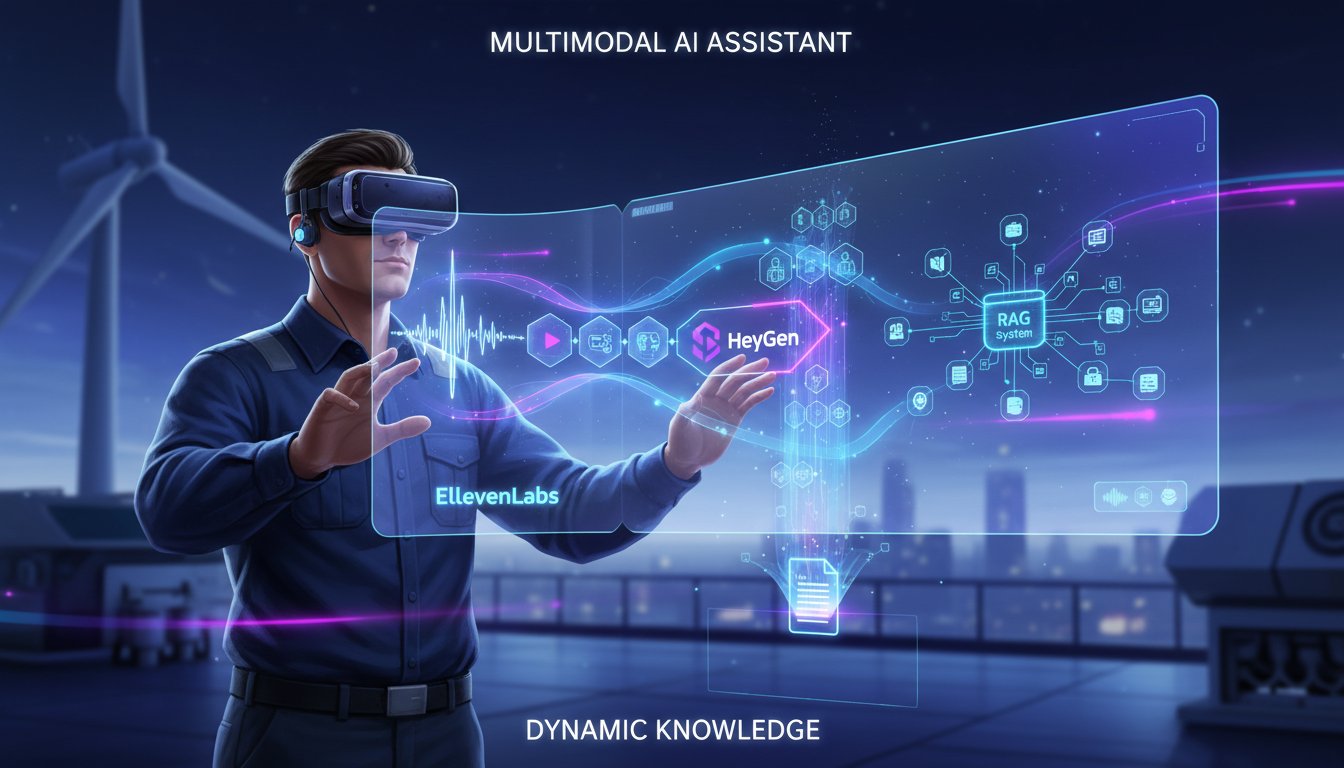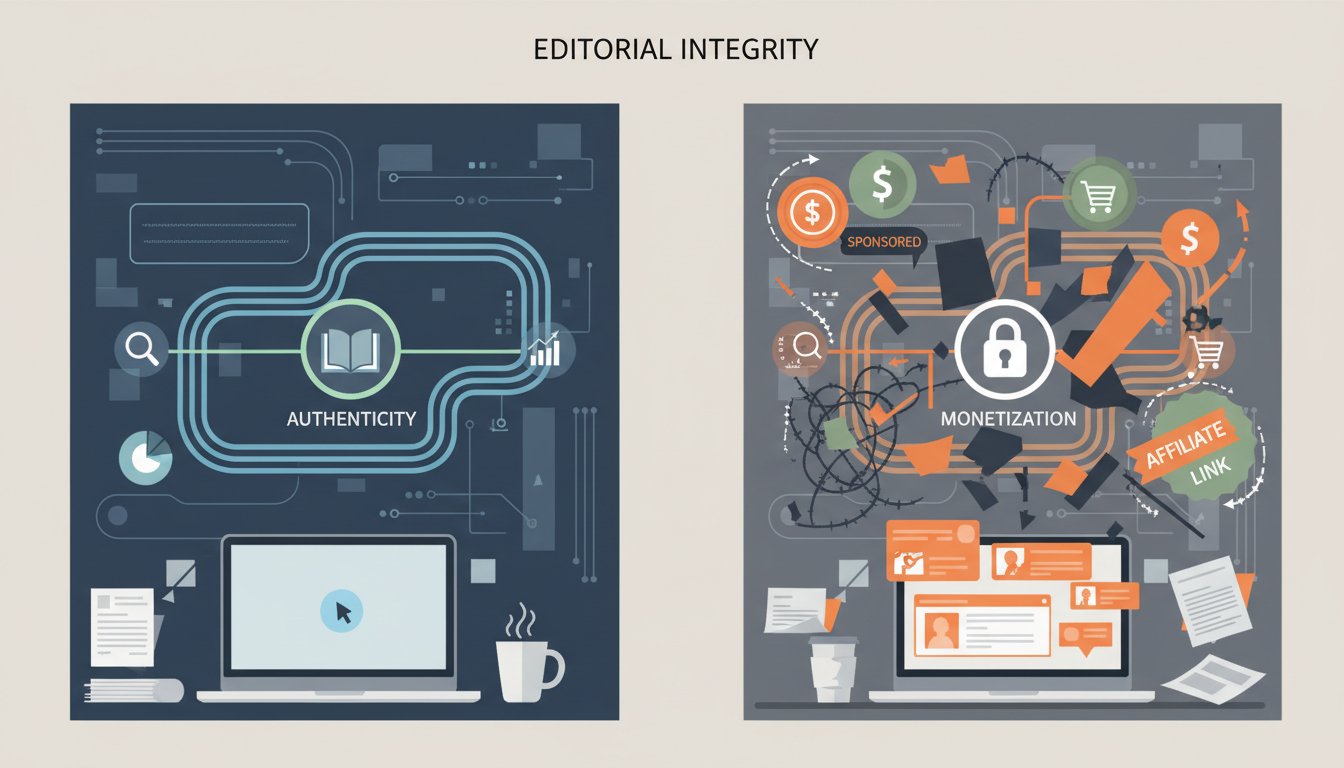Introduction
Ever felt like enterprise RAG is locked behind a wall of complexity? You’re not alone—most engineers and architects see Retrieval Augmented Generation (RAG) as a maze of infrastructure, performance bottlenecks, and never-ending integration headaches. But what if building a robust, scalable, agentic RAG pipeline was actually far more accessible—and orders of magnitude more powerful—than it looks?
This post isn’t your average primer. Instead, we’ll break through the noise with a narrative-driven, step-by-step walkthrough for engineers ready to push RAG into production at scale. You’ll learn which technical choices matter (and which don’t), where agent-driven automation truly shines, and exactly how to architect pipelines that grow with your data and business needs.
Let’s dive into the challenges, unravel the practical solutions, and build an agentic RAG foundation your enterprise can trust.
1. The Challenge: Why Do Enterprises Struggle with RAG at Scale?
Hidden Complexity and Bottlenecks
Setting up a basic RAG prototype is simple—just wire together a retriever and a generator, right? In reality, real-world data volumes, enterprise security, and mixed-document retrieval quickly cripple naïve setups (Medium). For example:
– Glean reports enterprise RAG queries often slow 30–50% after launch if pipelines aren’t optimized for async or parallel retrieval.
– Legacy systems and siloed data mean frequent context gaps and inconsistent answers.
Scaling Across Integrations
Integrating multiple enterprise tools—like Salesforce, HubSpot, and even Teams—exposes new headaches: authentication, schema drift, and orchestrating workflows across dozens (or hundreds) of systems (Rag About It).
The punchline? Most failures stem from lack of modularity and agent-driven orchestration—not from LLM or retriever choice.
2. Enter Agentic RAG: What Makes Agent-Based Pipelines Different?
What is Agentic RAG?
Agentic RAG isn’t just about retrieval—it’s about strategy. Here, autonomous or semi-autonomous agents coordinate retrieval, reasoning, transformation, and interaction across your pipeline. Agents can:
– Chain together tools for data cleanup, enrichment, or cross-referencing (Mastering Agentic RAG).
– Decide when to requery, rephrase, or escalate complex prompts.
– Handle business logic without brittle hand-coded workflows.
Example: In healthcare, one agent pulls from compliance-checked databases, another summarizes in patient layman’s terms, and a final agent ensures multilingual output—all autonomously.
Evidence of Impact
- Firecrawl found enterprises using agentic RAG reduced prompt flakiness by up to 40%, leading to smoother, more reliable production deployments.
- “Agent-based RAG increased our support ticket resolution speed by 60% after integration with our legacy CRM,” said a Fortune 500 IT architect (Glean case study).
3. Step-by-Step: Building an Agentic RAG Pipeline for the Enterprise
Step 1: Start with Modular Open-Source Frameworks
Don’t reinvent the wheel—use frameworks like Haystack, LlamaIndex, or LangChain, which are well-supported and agent-friendly (Firecrawl). Prioritize:
– Support for chaining and agent modules
– Built-in connectors for common databases and APIs
Tip: Kanerika’s roundup highlights Haystack as the most extensible for agent chaining in production.
Step 2: Design Your Agent Roles
Map problems to modular agent tasks:
– Retriever agent: Specialized for query rewriting and hybrid search
– Enrichment agent: Cleans, deduplicates, and tags data
– Generator agent: Crafts structured and natural language outputs for diverse audiences
– Router/Orchestrator agent: Monitors, rebalances, and escalates complex queries
Diagram suggestion: Show agent components with arrows illustrating data and control flow.
Step 3: Integrate with Enterprise Data Sources and APIs
Nearly 70% of enterprise RAG headaches stem from messy integrations (Rag About It). Best practices include:
– Leveraging prebuilt connectors (e.g., Databricks, Snowflake)
– Using agents to monitor schema changes or data freshness
– Implementing zero-trust, role-based access for all agents
Example: One enterprise RAG rollout succeeded by letting a “schema agent” adapt to API changes in real time, no downtime required.
Step 4: Automate Evaluation, Safety, and Feedback
Move beyond spot-checks. Use automated evaluation agents to score RAG responses for safety, accuracy, and hallucination risk (lakeFS). Set up feedback pipelines:
– Real-time user feedback to retraining loops
– Safety agent that guards against PII exposure or policy violations
– Custom scoring on enterprise-specific KPIs
Proof point: Teams using feedback agents report a 3x reduction in rerun workflows due to poor outputs.
Step 5: Plan for Horizontal Scaling
Start small, but design for scale. Deploy agents as stateless containers/microservices for effortless horizontal scaling. Use message brokering for agent communication (Kafka, RabbitMQ). This enables batch processing, multi-lingual expansions, or voice integration (trending now with ElevenLabs + Teams connectors).
4. Success Stories: Real-World Agentic RAG in Production
- Healthcare: Automated patient Q&A, multilingual instructions, and secure backend lookup—all via chained agents.
- Customer Support: 60% faster ticket resolutions after layering enrichment and context agents on top of legacy CRM systems.
- Big Data Analytics: Enterprises leveraging agent-based RAG cut manual data prep in half (Rag About It Big Data case study).
Conclusion
Complexity in enterprise RAG isn’t destiny—it’s a design choice. With agentic RAG, you can orchestrate, automate, and scale pipelines across even the most demanding organizations. The secret is modular agents, clear orchestration, and continuous feedback—not chasing the latest model or retriever tweak.
Ready to step beyond theory? Let agentic RAG transform your enterprise workflows and remove bottlenecks, so your teams can focus on real innovation—because, as you’ve seen, scalable RAG isn’t just possible. It’s more accessible than ever.
CTA
Curious how agentic RAG could work for your stack? Check out Rag About It’s technical guides for deep dives, or join our upcoming LinkedIn AMA to get your architecture questions answered by engineers who’ve been there. Start automating smarter today!




